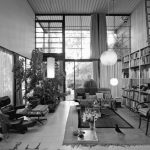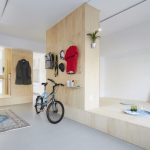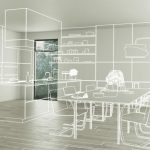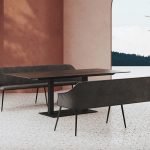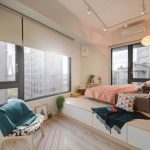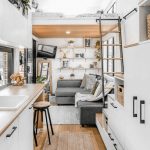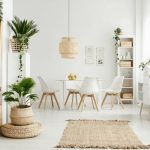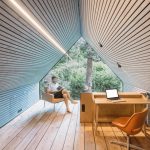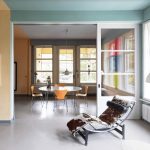Many ask themselves why interior design is important and in what way it affects our lives and our behaviour. It is a common misconception to think that it just involves decorating or seeking beauty, aesthetics and following trends and styles when it is a whole area of knowledge that could even be labeled as a science. It entails a great knowledge of how it affects people, their personalities, occupation, the time they spend in the space and what they do in it.
Living in the architectural space is not simply limited to walls, furniture, and random objects, rather, it is about feeling every space as your own, being comfortable in every corner of the place, and looking at the elements as part of one’s self. But the reality is that it is not so easy to merge ourselves with the house, especially if there is not an optimum running of the spaces. In the lockdown during the Covid-19 pandemic, we realized how important interior spaces are for our well-being and even for our physical health. So, what is interior design?
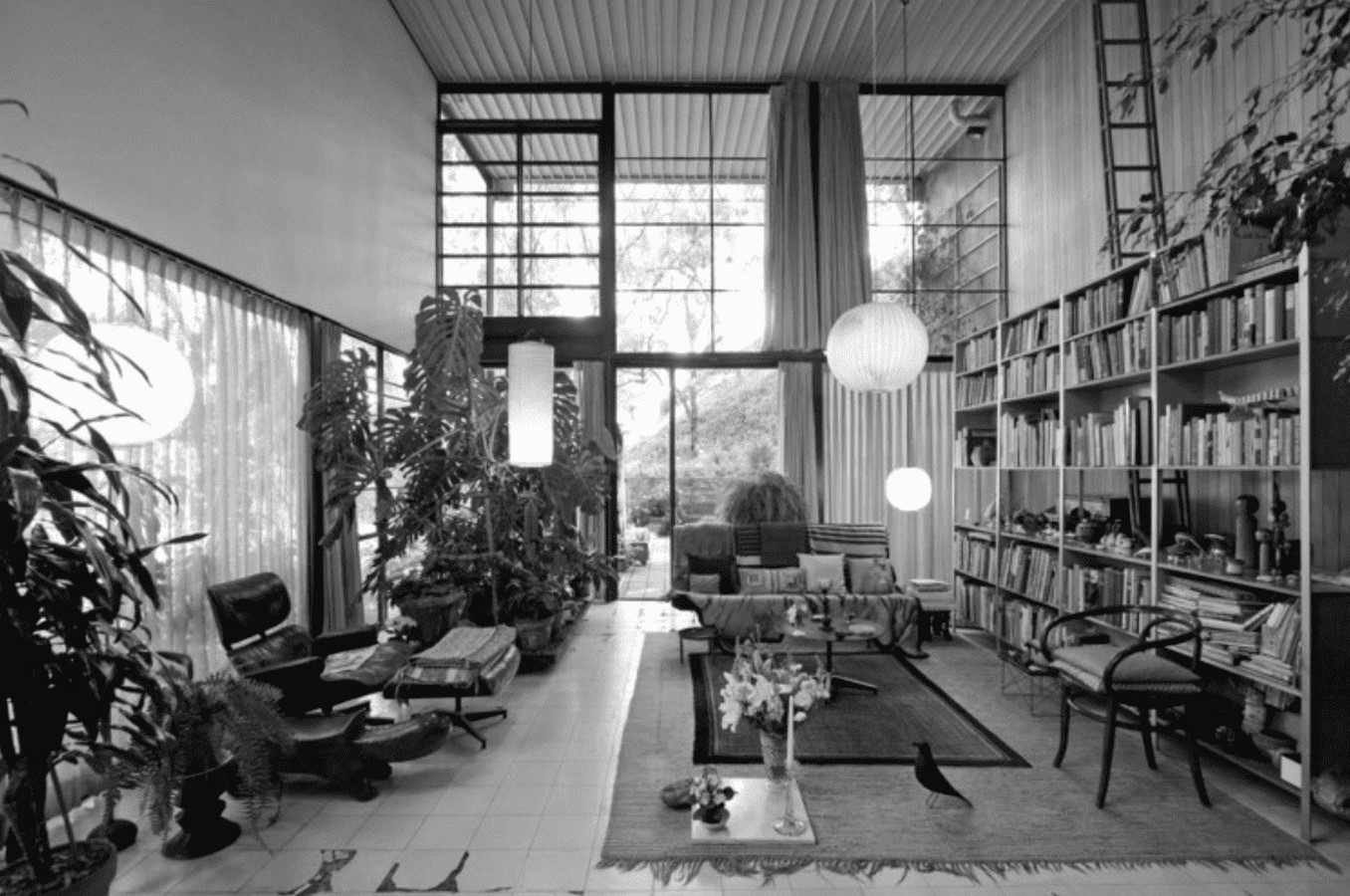
Interior design is the conceptualization and creation of aesthetic and functional designs to achieve unique interior spaces. The main objective is to comprehend the human interaction with the presented space to come up with an environment that adapts to the particularities and demands of the users. The designer must observe and analyze the space to be able to intervene creatively and appropriately, considering concepts such as spatiality, illumination, psychology of colour, acoustics and ergonomics, amongst others, to achieve an adequate integration of the environment. It entails the experience of the users inside that space and it must not be mistaken with mere decoration because it has a psychological and mental aspect which affects people’s lives.
We spend most of our lives inside the buildings; on average, we only spend 10% of the day outdoors, which is why interior design is so important in modern life, where the quality of life and the space we work in is something we all look for unconsciously. It is not the same to live, work, eat or engage in any activity in a messy and uncomfortable place as in a well thought out space, where the environment itself hugs you, and you don’t wish to leave the place. On stressful and busy days, it is of paramount importance to have a place where we can relax. Fortunately, interior design is not how it used to be years ago when it was seen as a luxury only high society or religious entities could take part in. Nowadays, it surrounds our daily lives without us even realizing it, and anyone can experience the effect of interior design.
Layout
There are a few elements to be considered when elaborating an interior design project, and one of the most fundamental ones is the layout. When thinking about a layout, the first thing to do is analyze the space from a general view to the details. For example, start defining the public and private areas or the circulation and movement of the space. This general view of the project helps to be able to move on to details afterwards. Another element to consider is the function or activities that are going to take part in a certain space (both conscious and unconscious) to organize the space in a way that creates fluidity, satisfaction and optimization of time when doing those activities.
Layouts are especially important in open plans, where the designer has more freedom. Le Corbusier and Mies van der Rohe were the first ones to challenge conventional plans where spaces were ranked. They did this by reducing the circulation areas and using structural elements, furniture, and movable panels to divide the space instead of using walls.
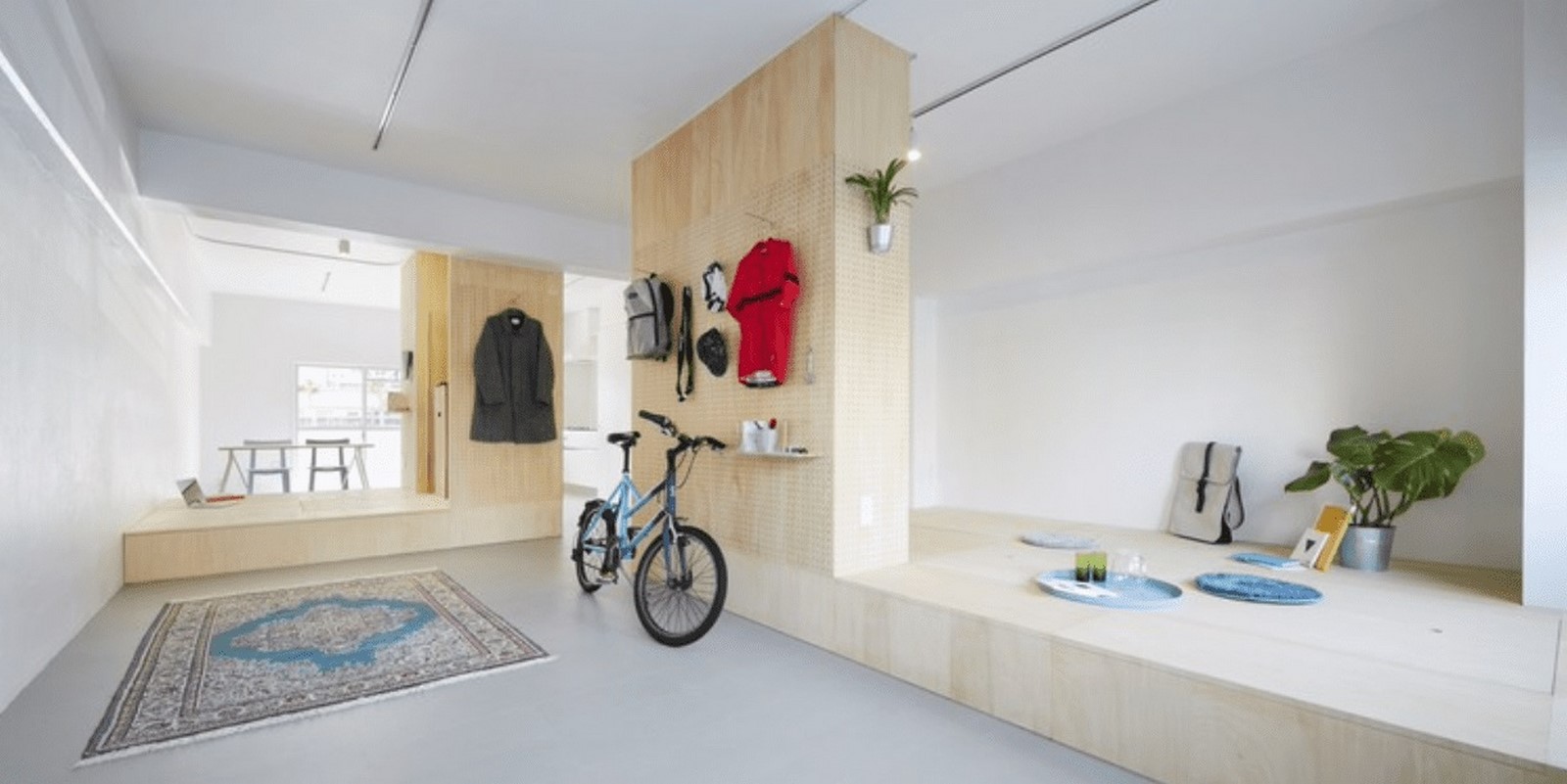
The architectural characteristics of the space is also the key, so the designer must analyze where the light comes from, the door and windows placement, the height of the ceilings and the uneven parts of the floors. There are a few books that define the appropriate dimensions for each use of spaces. The book “Architects’ Data” by Ernst Neufert was originally published in 1936, and it compiled the best practices to dimension spaces, from kitchens to trains. However, now that life in cities is becoming more and more expensive, and houses at the same time, micro-apartments and small houses are starting to challenge these standards, showing that rules can be carefully broken. Therefore, the most important thing is to understand the space and the user, to put forward functional designs that are appropriate for each different scenario.
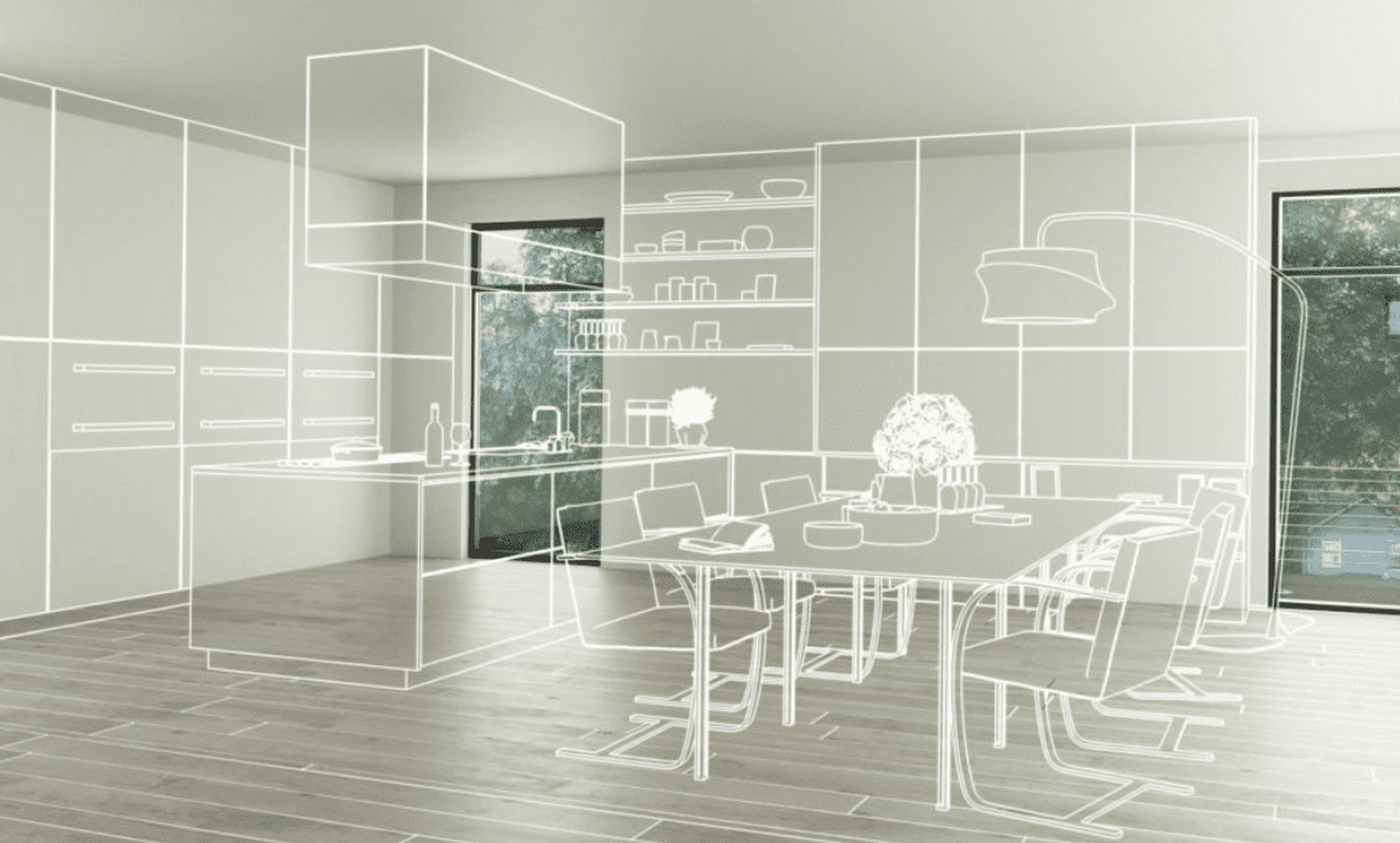
Furniture
Both fixed and mobile furniture are key to making an interior space attractive and functional. How would a living room or a bedroom be without furniture? Probably just an empty space without any functionality and life. To comfortably habit a space, the correct distribution of these elements to make the most out of the space is of paramount importance.
It is the designer’s job to make sure the user’s preferences for the project collaborate with the daily functioning of the space and do not interfere with basic acts such as circulation.
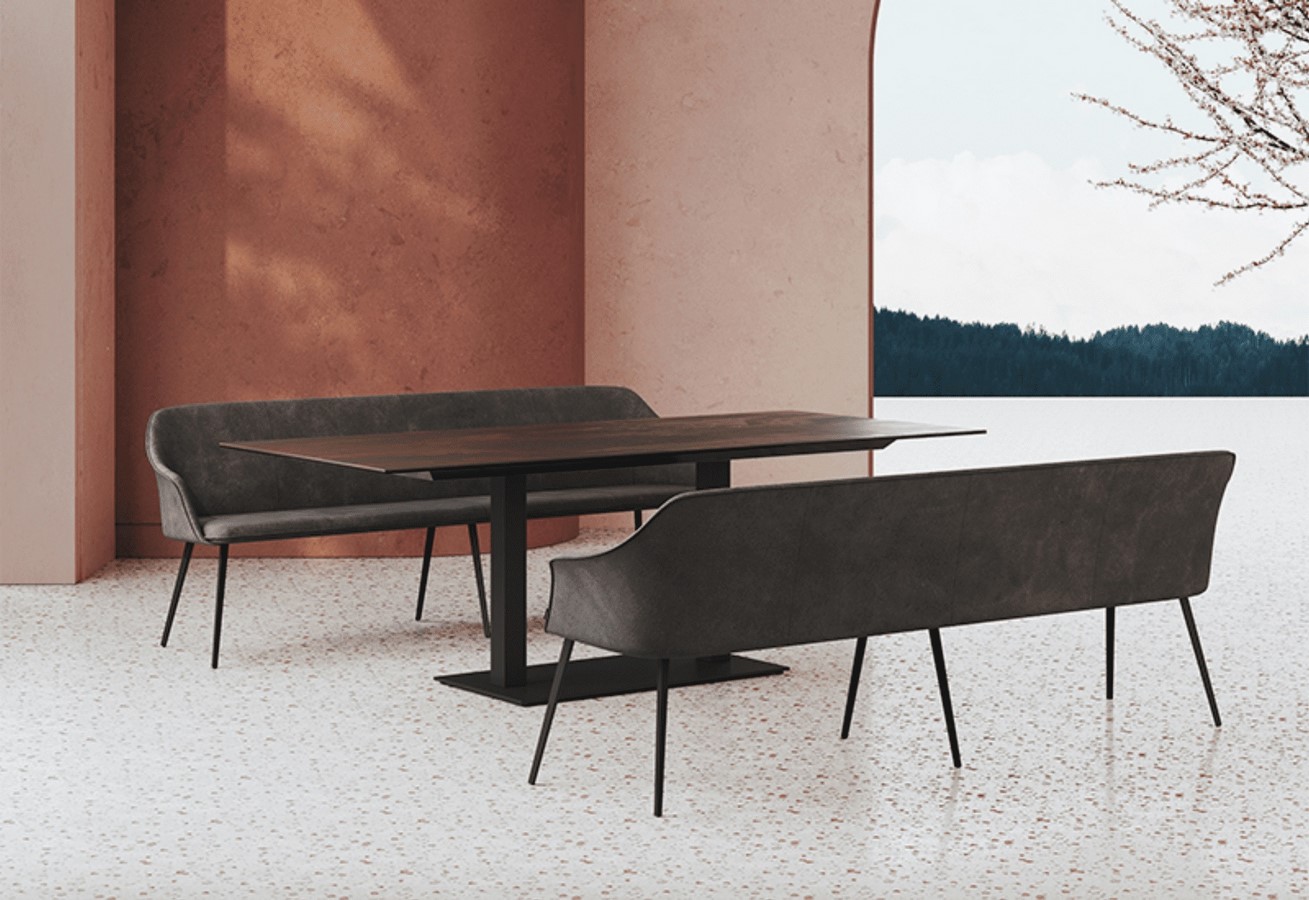
Especially when we are talking about small spaces, the distribution and selection of the furniture are essential because it is easy to feel trapped and uncomfortable in reduced places. Therefore, it is more effective to design custom furniture for more efficient use of every inch of the space in many cases. Transformable furniture that fits together (like stackable chairs) that folds (like foldable tables) that allow it to increase or decrease its size or be used for multiple functions (a closet that serves as an interior division, for instance) are seen as the future of the furniture industry.
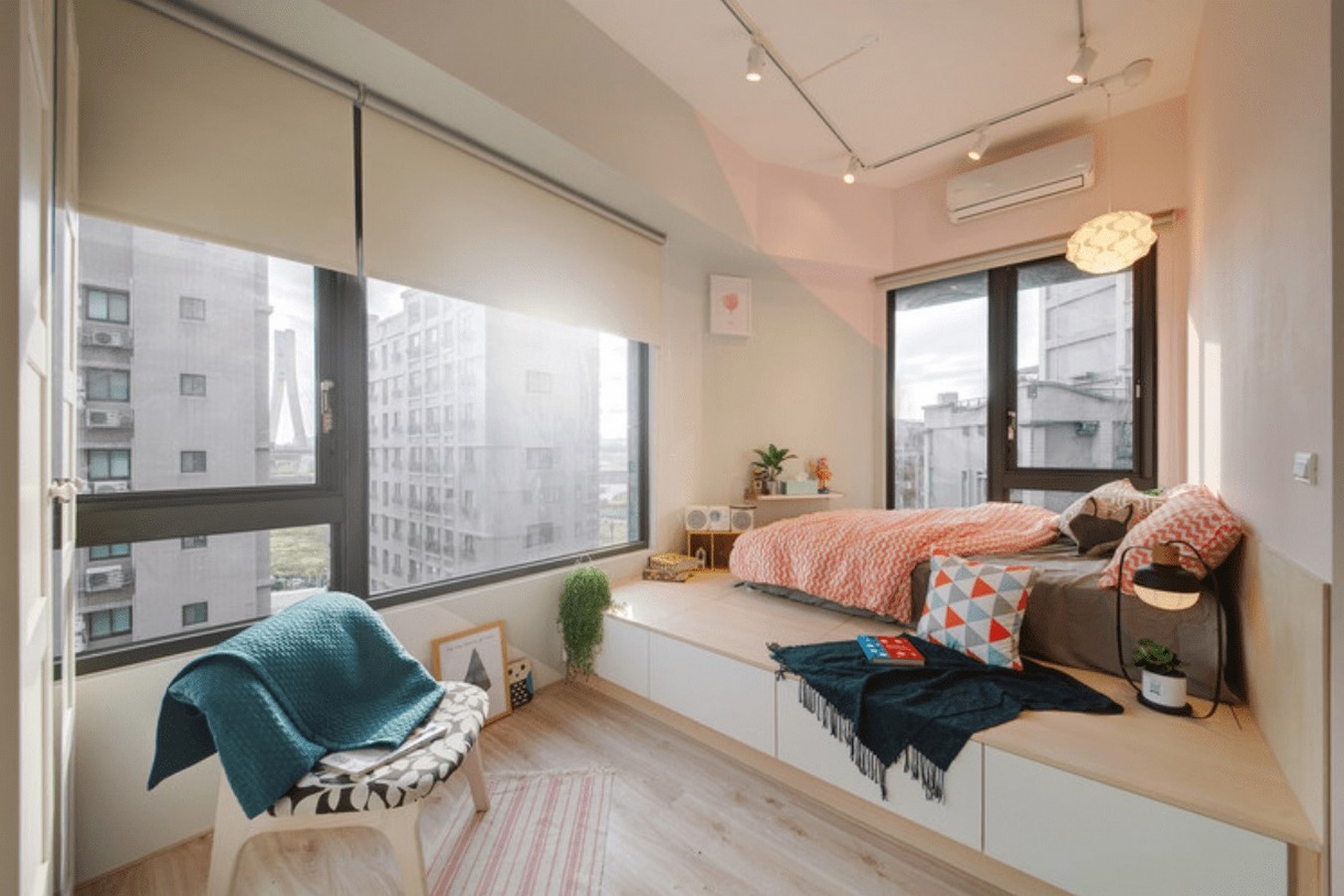
Following this trend, nowadays, it is more common to find a company that creates products for small houses (commonly known as tiny houses) that focuses on how to make the furniture take the least space possible, like chairs that fit perfectly under the table, movable stairs to have different open levels in the house…
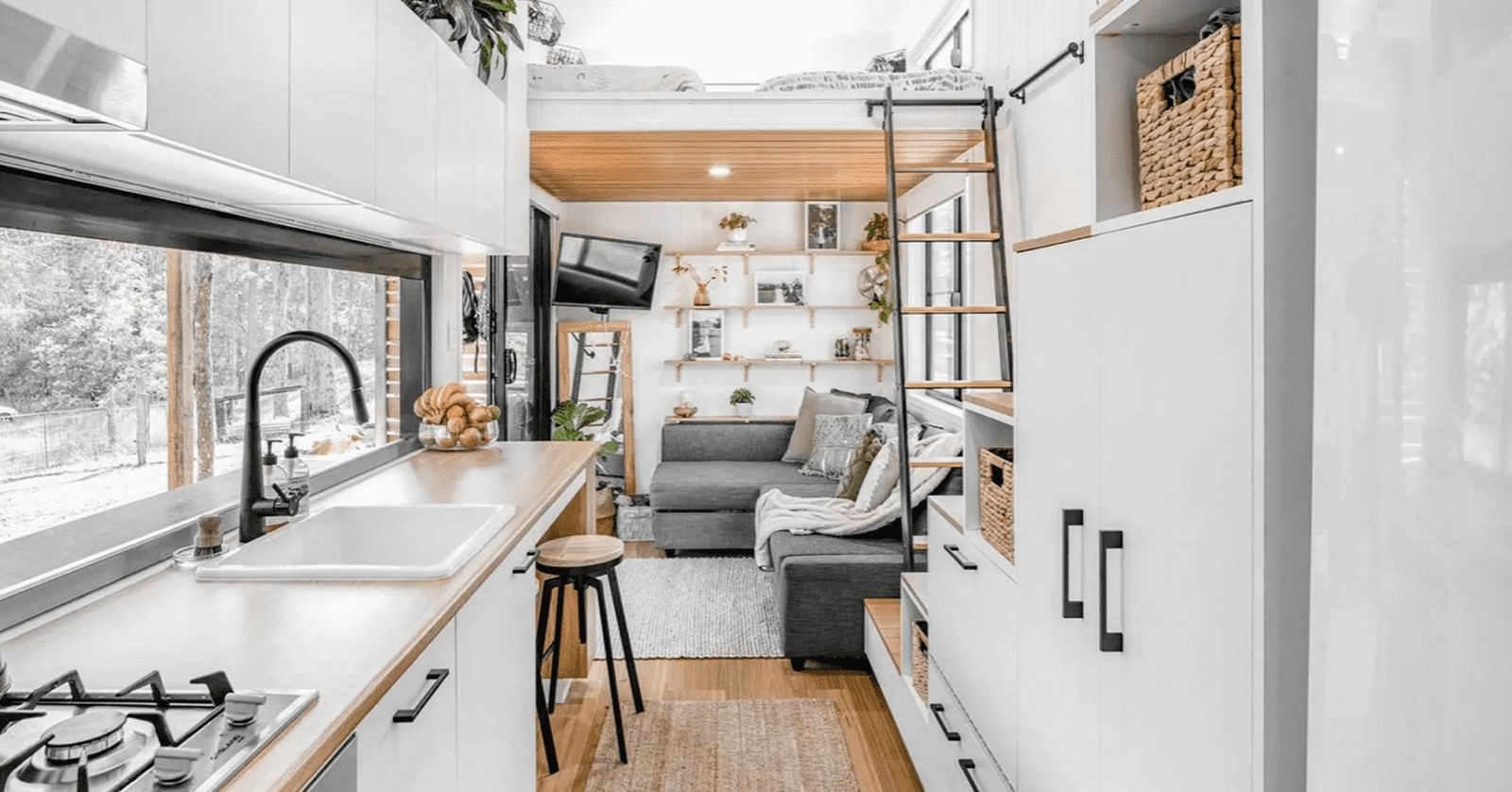
Plants can be left out when talking about furniture; however, they are an interior design element worth mentioning. They are important allies when it comes to improving the environmental conditions and quality of interior life; they provide oxygen and purify the air, add humidity, decrease noises (especially in small rooms); their green colour is a synonym for relaxation and harmony, they improve our well-being and emotional state.
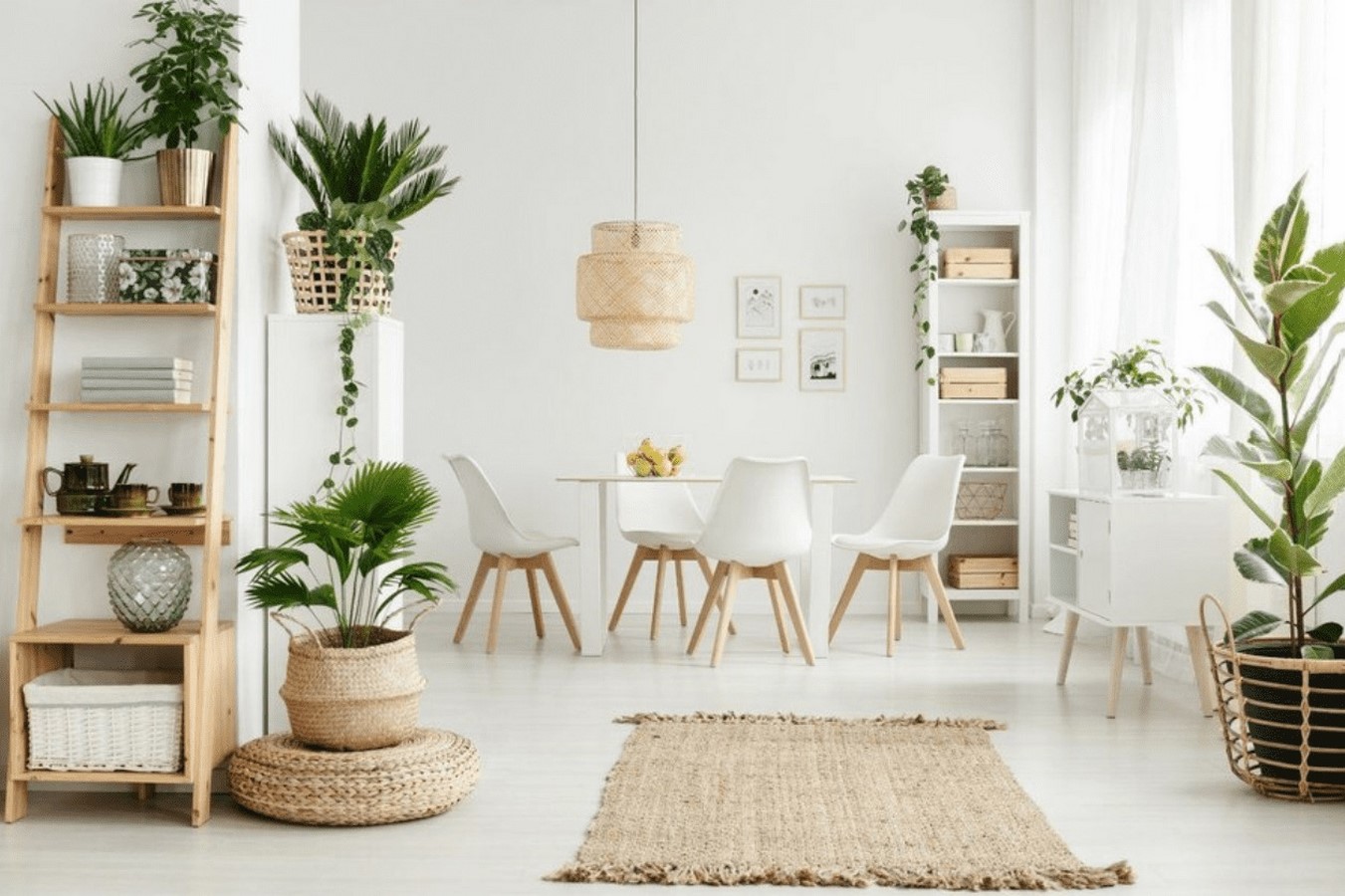
Comfort and Ergonomics
The environmental quality indoors is key for this world that’s growing in population and density. Ergonomics means analyzing and interpreting a place to increment the well-being of the person that is going to enjoy it. It tries to enhance the relationship between a human and the space, and it is gaining importance now that many people need a working space at home.
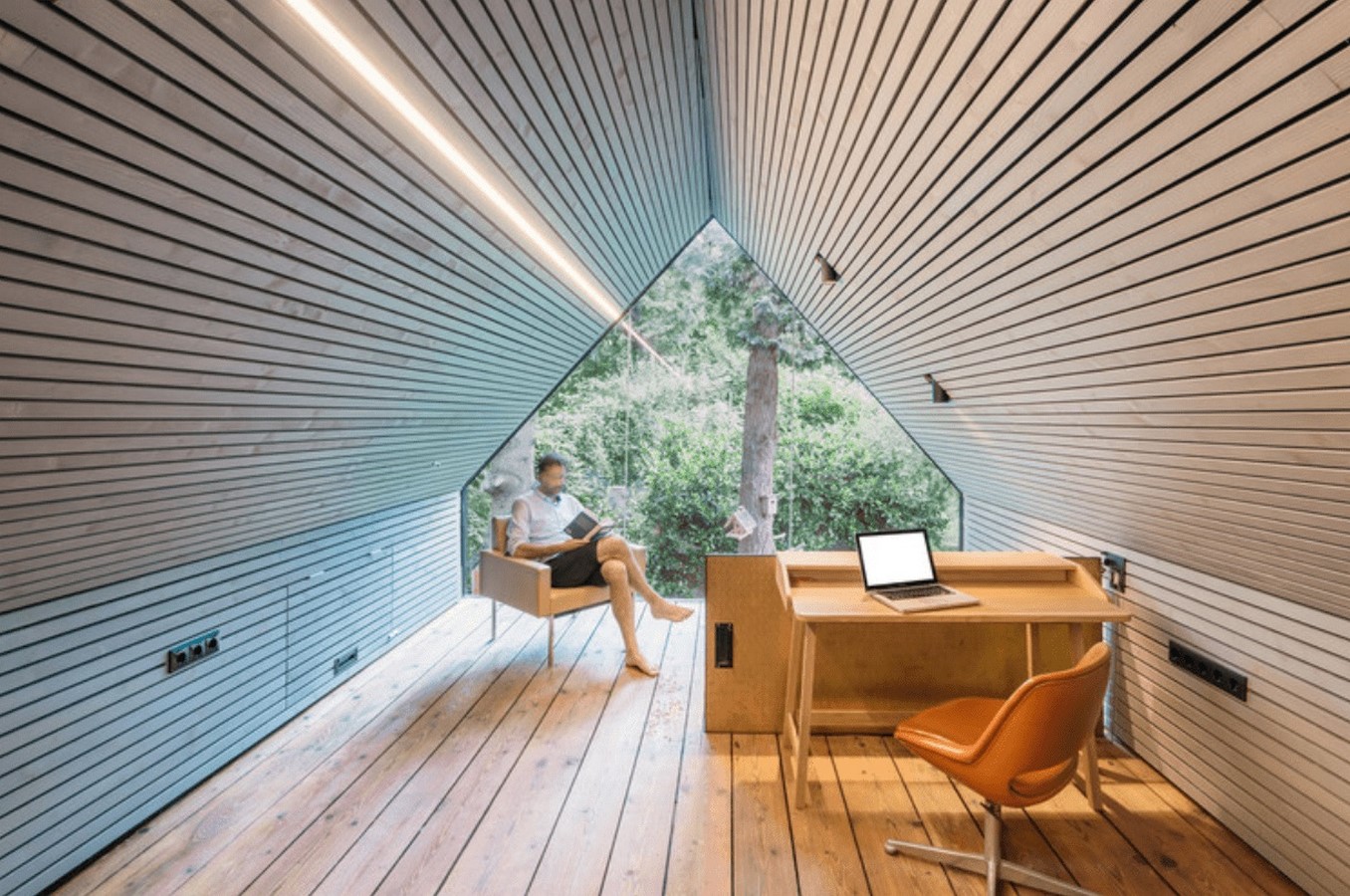
Comfort comprehends from the aesthetics of the spaces to the smell of the environment, the breeze that comes from the window, and the temperature you feel when entering the space, the accessibility and application of technologies or passive strategies to facilitate and improve the quality of life of the inhabitant. How is the space visually perceived when living in it? Its colour, brightness, depth and height will determine if a space is detected as cosy, secure, stimulant, flexible, peaceful or the contrary. Is it acoustically comfortable? Is it too warm or cold? Does the ventilation keep the air clean?
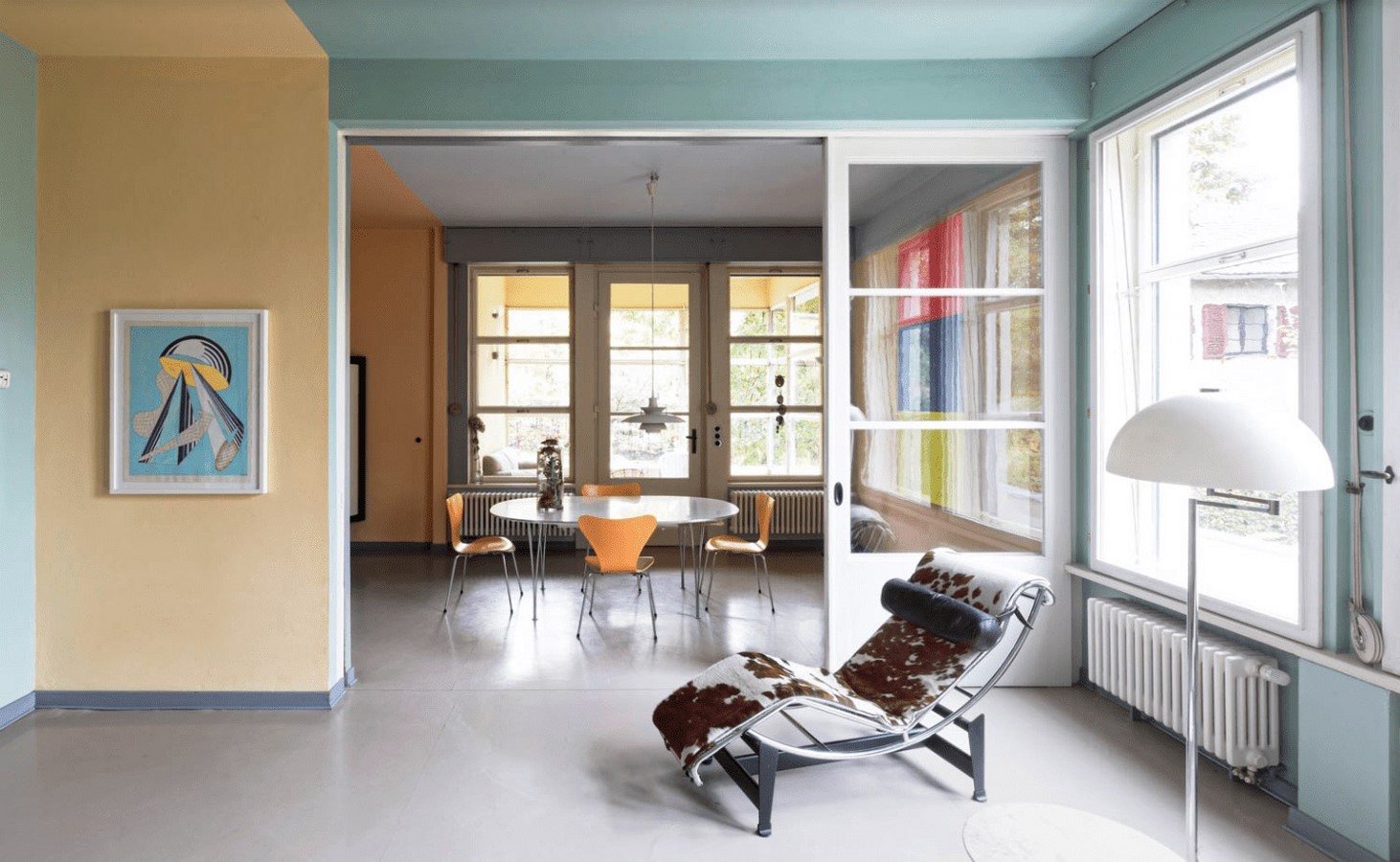
References:
- Monié, K., 2022. This 592-Square-Foot Sydney Home Shows Off Compact Functionality. [online] Architectural Digest. Available at: <https://www.architecturaldigest.com/story/this-sydney-home-shows-off-compact-functionality> [Accessed 7 April 2022].
- Squier, A., 2022. How the Pandemic Is Reshaping Interior Design So Far. [online] Dwell. Available at: <https://www.dwell.com/article/coronavirus-pandemic-interior-design-impact-0bf0f8a1> [Accessed 7 April 2022].
- Kern & Co. 2019. Why Interior Design is Important: An Exploration. [online] Available at: <https://kerncodesigns.com/news/why-interior-design-is-important-an-exploration/> [Accessed 8 April 2022].
- de Botton, A., 2022. Importance of Interior Design to Human Wellbeing|SampleBoard Blog. [online] SampleBoard Blog. Available at: <https://blog.sampleboard.com/importance-of-interior-design-to-human-wellbeing/> [Accessed 9 April 2022].
- AAArchitects | Cyprus Architect. 2022. Importance of Interior Designing – AAArchitects | Cyprus Architect. [online] Available at: <https://aaarchitects.cy/importance-of-interior-designing/> [Accessed 9 April 2022].








